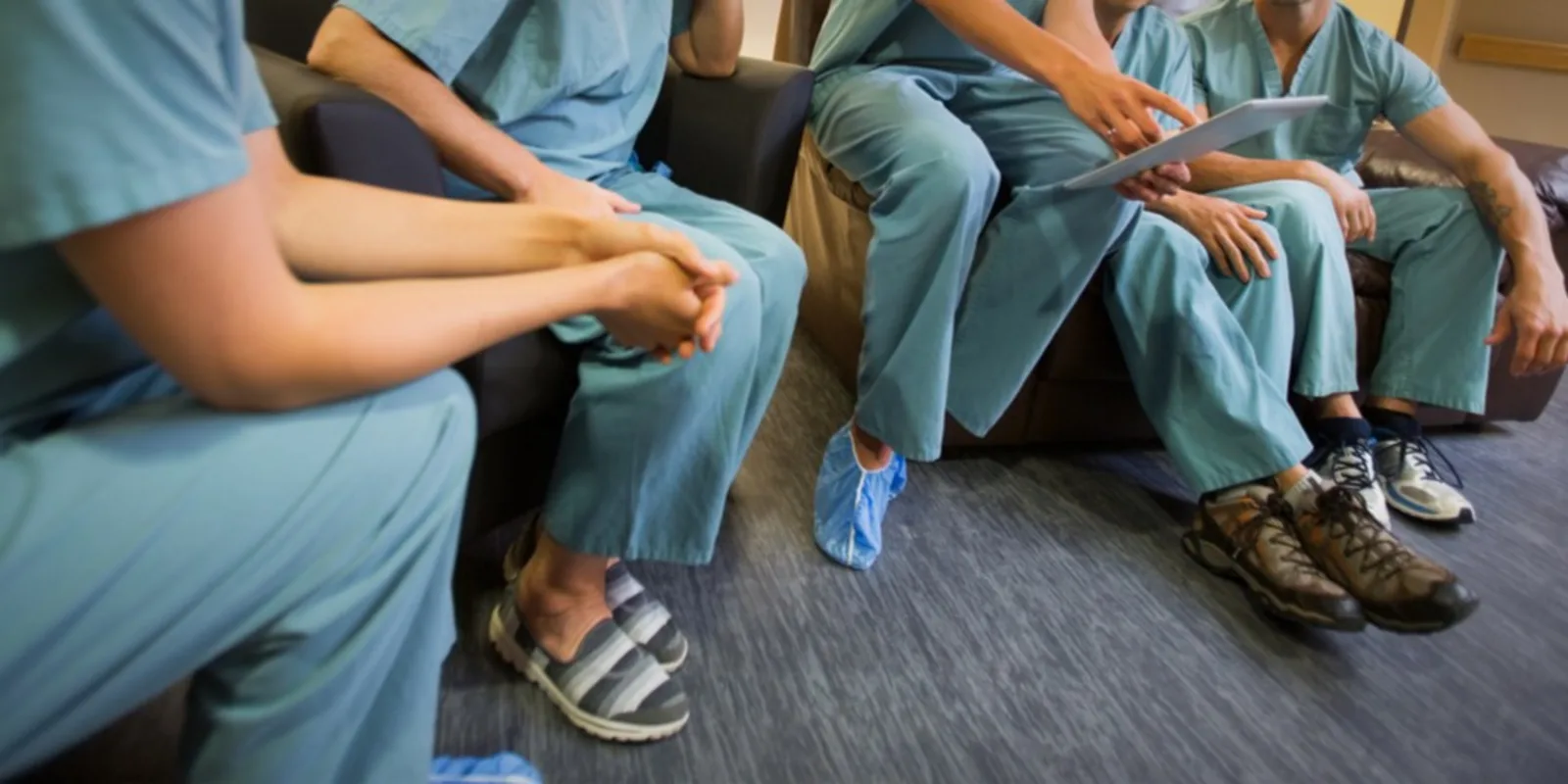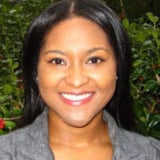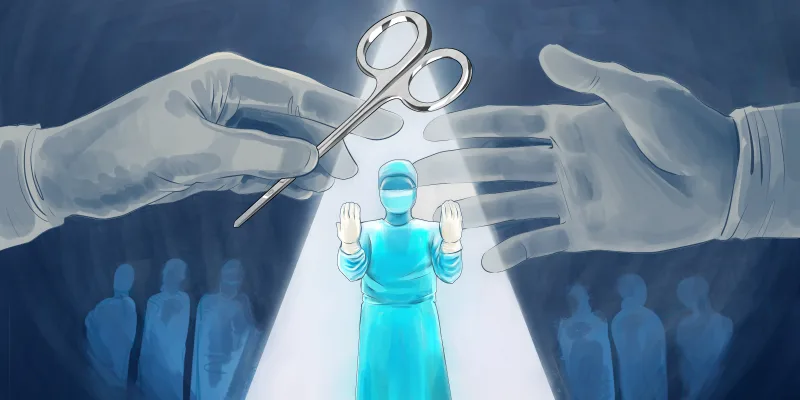
“If you’re reading this… Congratulations, you’re alive. If that’s not something to smile about, then I don’t know what is.”
- Chad Sugg
Midsummer is a special time of year in graduate medical education. Hospitals all over welcome new crops of residents, fellows, and junior attendings fresh out of training and integrate them into virtually every aspect of inpatient and outpatient care. You could interpret the above quote as encouragement as fellow clinicians overcome yet another medical education hurdle. However, when you consider this time of year is associated with a perceived jump in medical errors as fresh trainees take on more responsibility, the term takes on a more sinister tone. That may be why what we in the US call the “July effect,” the UK more darkly denotes “the killing season.”
Over the past decade there have been many attempts to look at various facets of the “July Phenomenon.” This has included studies aiming to figure out not only how, why, and when, but even if it occurs. It is clearly a hot-button topic, with news stories bubbling up in both local and national media each year. In social media, it is not uncommon to see those in medicine make (joking?) comments warning even their own family and friends to avoid hospitals at all costs the first weekend of July.
All of this paints a quite negative picture of medical education and the role it plays in patient care. While the perceived “July effect” is clearly unfortunate, it also turns out it’s very likely inaccurate. A 2017 JAMA article specifically on the subject found overall mortality at teaching hospitals was actually decreased (not increased) in comparison to nonteaching hospitals.
Yet, the issue remains: How do we ensure both effective clinical education and patient safety when physicians may be on their first day, week, or month on the job? This is a question hospitals, trainees, and program directors must consider year-round when structuring programs and clinical services.
The ultimate goal of medical education (beyond delivering the best possible patient care) is to develop independent clinicians who continue to hone their skills in the future. The only way to truly gauge how someone will operate independently while teaching them is to incrementally allow more freedom over time. However, safety nets that may initially provide a lifeline become detrimental if trainees rely on them too long. Supervision should be just-visible-enough to be verified while not so omnipresent as to stifle increasing independence. Similar to wires in stunt work, the safety lines should only be visible if you know exactly where to look.
Here are a 5 simple ways programs can simultaneously provide support for physicians in training while maintaining the goal of fostering greater independence over time:
- Most medical students participate in some form of subinternship their final year of training, but actual experiences vary highly from one institution to another. Schools across the country increasingly offer residency “boot camps” for their own graduating medical students. Taking place during the final weeks of spring, these workshops further prepare students for their respective residency training programs.
- As incoming interns are frequently afforded the luxury of several months between medical school graduation and July 1st, many internship programs now bring new classes in early to start orientation and begin supervised incremental integration into clinical work one or more weeks before official start dates.
- Residencies and fellowships with sufficient staffing may structure progression such that during times of heavy turnover or upheaval (i.e. July or August) first-line points of care can be staffed initially by more experienced senior trainees. From there, junior trainees may be phased in to more front-line clinical duties under supervision.
- Many programs kick off overnight or weekend duties with “buddy calls,” pairing junior and senior trainees. This can ensure that the first time someone inexperienced is on a new service, in a new location, or has new responsibilities they have someone more senior and knowledgeable to walk them through anything they might need to know. Seniors can ideally oversee juniors until competence is not simply presumed but has been more directly observed and confirmed.
- Senior supervision, the presence of (and access to) fellows, and the adoption of in-house attendings on critical services can all help provide additional layers of supervision, though availability depends on adequate staffing and coverage. Often, this can be at least partially achieved by making emergent or ICU-level staff available in adjacent, less critical areas should the need arise, maximizing both utilization and fixed staffing costs.
No solution is perfect. Depending on timing and point of entry, it should still be possible to make a more concerted effort to simultaneously ensure appropriate clinical readiness and adequate supervision, regardless of time of year and the presence or absence of protected orientation.
Medical education is constantly evolving along with trainees. Establishing moving targets that reflect appropriate scopes of practice and supervision for all trainees. Targets that are based on official designated training level as well as real-time assessment and progression through specific core competencies and entrusted professional activities can ensure there is neither too little support nor so much that it hampers future development of independence in practice over time.
By approaching this seeming conundrum in a controlled fashion with specified scopes of practice, clearly-defined supervision of hand-offs, and a focus on safety and quality improvement, organizations can increase reliability and consistency. As skills are witnessed and vouched for by supervisors, new trainees can be given increasing autonomy. Integrating real-time centralized scope of practice data can ensure that trainees are competent, that what they are attempting at any given moment is within their own individual scope of practice, and that they are acting under expected levels of supervision. Over time this allows for a safe, structured, and appropriate pullback from the previously overt, conspicuous, and omnipresent supervision associated with early training. It will allow for the development of greater autonomy while still ensuring the primary end goal for patients: to do no harm.
If all of the above can be achieved, it increase our chances of ending up with a new generation of skilled clinicians, capable of amazing feats performed and perfected over years of training without unnecessary risks, injuries, or other “July effects” along the way.
Thoughts? Questions? Comments? Whether you’re a teacher, trainee, student, or patient, I would love to hear any personal tricks or techniques you may have learned over the course of your own medical experiences!
Aaron Nelson, MD MBS FAAP is a pediatric neurologist, epileptologist, educator and advocate in New York, NY and a 2017–2018 Doximity Fellow.







